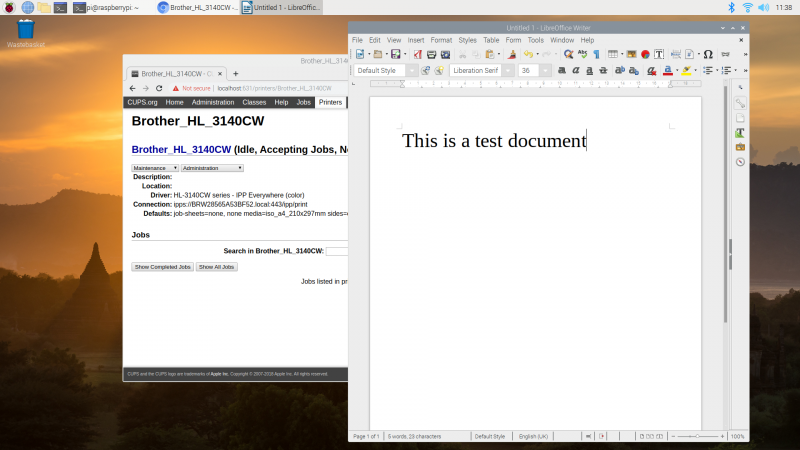

- Basic stamp editor for raspberry pi how to#
- Basic stamp editor for raspberry pi software#
- Basic stamp editor for raspberry pi code#
- Basic stamp editor for raspberry pi download#

Once you write a script, first of all, there is no need for a keyboard and mouse to power up your raspberry pi, as we will use the keyboard and mouse of our laptop. I would appreciate your support in this way!

I may make a commission if you buy the components through these links. Soldering iron kit: “best” You guys should definitely purchase this: The Amazon Purchase links are given below:
Basic stamp editor for raspberry pi how to#
Basic stamp editor for raspberry pi software#
In my previous tutorial, I explained how you can setup your SSH network using Putty software so that you can wirelessly access your raspberry pi, and can write your Raspberry Pi first Programming using your laptop keyboard and mouse. This is my second tutorial about how to use the most simple Raspberry Pi commands and then how to write your first Raspberry Pi python script. Although there are many commands for Raspberry Pi, for now you should only practice the commands I will share with you.īut you will need to set up your Raspberry Pi properly before you start programming in python so you can access your raspberry. Raspberry Pi first Programming and Basic commands– This project is a tutorial for beginners that explains how to write your first Raspberry Pi python program and what are the most frequently used commands any beginner should know about.This tutorial will help you understand the python programming environment quickly and, in addition, the commands I will share with you are almost used in any Raspberry Pi programming.

vimrc file which simply goes into your home directory, and from then on this will be used at every start.
Basic stamp editor for raspberry pi download#
The default settings of vim will give you a very basic look and feel, but you can download (and later customize) a.
Basic stamp editor for raspberry pi code#
I cannot emphasize enough that it is worth learning these, because of the advanced features of the editor, especially if you are planning to use the editor for coding! As a quick example, you can completely reindent your whole code by typing gg=G in command mode. For copy & pasting, and other things I would recommend going through a tutorial, or just searching for vim copy paste or whatever is needed. These were the most essential things I could think of, but there are other modes for selecting lines, characters, rectangular blocks. To open another file for editing you can use :e otherfile.py. You can give it a filename too, which works exactly like "Save as.". For example you can quit vim by typing :q (with the colon) and then pressing Enter. To change into editing mode, just press i (without a colon), then you can type text like in any other editor, until you press Esc, which goes back to command mode. The first thing to remember is that initially, after starting vim, you are in command mode so you cannot type text like you would expect. And this is probably the best time for your daughter to learn it: later on it is only going to get more difficult to learn a more abstract, and more powerful editor. Once you get used to it, it will make nano look like a bad joke. But in the long term learning it will pay off, because it can do some incredible things for you. Initially it is going to be confusing, because it has two different modes and it is easy to forget which one you are in. For editing text using the terminal vim is an excellent choice ( vim mygame.py).


 0 kommentar(er)
0 kommentar(er)
